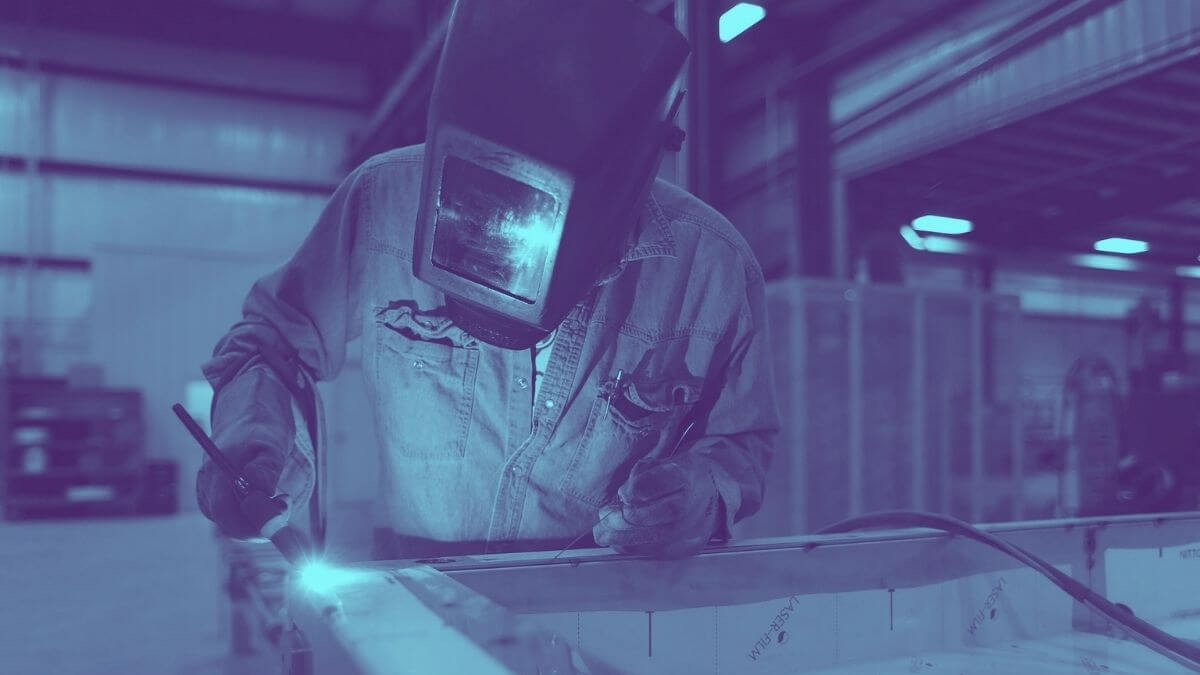How manufacturing has evolved in the world

Manufacturing is the creation or production of goods with the help of equipment, labor, machines, tools, and chemical or biological processing or formulation. It is the essence of secondary sector of the economy.
The term may refer to a range of human activity, from handicraft to high-tech, but it is most commonly applied to industrial design, in which raw materials from the primary sector are transformed into finished goods on a large scale. Such goods may be sold to other manufacturers for the production of other more complex products (such as aircraft, household appliances, furniture, sports equipment or automobiles), or distributed via the tertiary industry to end users and consumers (usually through wholesalers, who in turn sell to retailers, who then sell them to individual customers).

Manufacturing engineering, or the manufacturing process, are the steps through which raw materials are transformed into a final product. The manufacturing process begins with the product design, and materials specification from which the product is made. These materials are then modified through manufacturing processes to become the required part.
Modern manufacturing includes all intermediate processes required in the production and integration of a product’s components. Some industries, such as semiconductor and steel manufacturers, use the term fabrication instead.
The manufacturing sector is closely connected with the engineering and industrial design. Examples of major manufacturers in North America include General Motors Corporation, General Electric, Procter & Gamble, General Dynamics, Boeing, Pfizer, and Fiat Chrysler Automobiles. Examples in Europe include Volkswagen Group, Siemens, BASF, Airbus, Michelin and Unilever. Examples in Asia include BYD Auto, Haier, Midea, Huawei, Lenovo, Hisense, Toyota, Panasonic, LG, Samsung, Baowu, Godrej & Boyce and Tata Motors.

